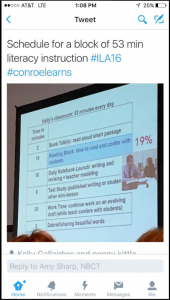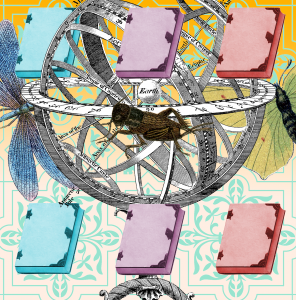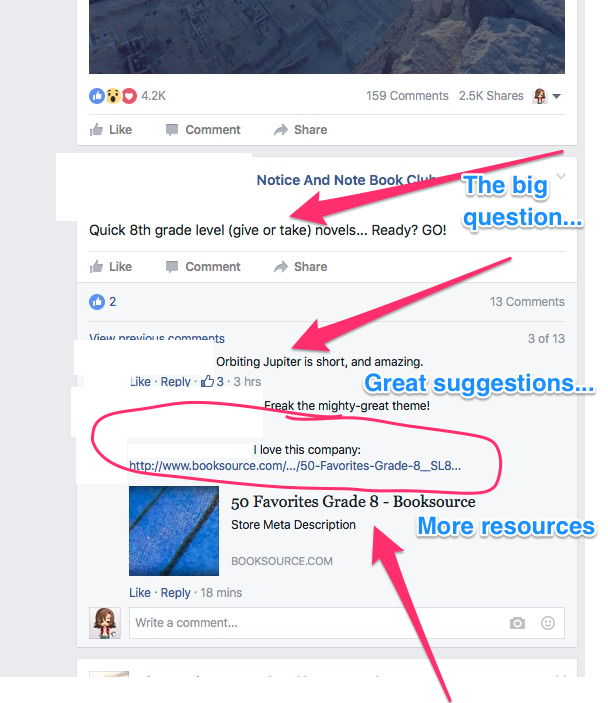
We can’t see the stars any longer because of light pollution. But as the lady says, “The night is dark and full of terrors,” so we humans master the monsters and use all the power we can to dispel the darkness. But we don’t see things as we once did, or learn from the larger spaces and infinite wonderful universe.
And perhaps — this is just an idea — we have overlooked the other toxic detriment to learning: noise pollution.
Studies come out all the time based on things we know. But the knowledge needs to be re-studied, analyzed, and updated. Olga Khazan recently published a study in The Atlantic “How Noise Pollution Affects Learning.”
“Hearing new words in fluent speech without a lot of background noise before trying to learn what objects the new words corresponded to may help very young children master new vocabulary,” Saffran said in a statement.
That’s a helpful tip for parents and teachers, but overall, the study highlights yet another cognitive obstacle facing low-income children. Not only do poor children hear fewer words than rich ones—the gap is estimated to reach 30 million words by age 3—they are more likely to live in loud environments, as McMillan and Saffran write. Their homes are more crowded, their schools are closer to highways, and they spend more time watching TV. (This phenomenon would help explain why children living in urban poverty have lower verbal working-memory scores than those in rural environments.
I would add another noise factor, too, and that is digital noise. Right now I am on overload because of the conventions, the news media, Twitter, Facebook, news outlets, sources, opinions, etc. I am obsessed with politics right now, and cannot seem to break away. Like many educators, I sense I am not alone in this compelling urgency to believe that learning and knowledge can triumph and rescue this historical moment. So I keep reading. I keep analyzing. And the curse of close reading is making my head hurt.
But this — all this — is a luxury, a privilege, of being a reader and thinker. Of growing up in a household, modest to be sure, but where quiet ruled. Where we were allowed to read as long as chores were done, and have mercy on our souls if we woke our mom up from a nap. Being alone and having space in one’s own head was a given growing up. Now I see it not as there wasn’t much else to do, but a gift.
Last year I had two semesters of Computer Skills for my elective. Though technology for publication and communication have always been the standards I’ve employed in my classrooms, this particular elective provided the chance to focus on some newer technologies not attached to content. One project was a podcast. Well, this exercise reminded me of the noise pollution in many homes. (It’s not relegated to homes in poverty, either. Some houses always have a television on, or music playing.) A diligent and creative student came to me in frustration because while she was trying to record her podcast at home she found it near impossible due to everyone else’s level of noise and interruptions. And though we have a room in our building intended for podcasting and filming, it’s been taken over with junk and other things, and proves inhospitable to recording. (I’m going to ask admin if this can be resolved next year, or at least clean out a space of our own for recording.) This is the question: how to make school/classrooms have those quiet/sacred places and times in the day?
This hearkens back to a great discussion on Notice and Note about homework. Not all students have a quiet place to read, practice, etc. I have homeless students. I have students who sleep on mattresses without sheets or blankets. I have students who have disabled siblings that require all the energy and care their parents can provide, leaving them to their own. There is not judgment here, only pragmatism. If I am aware as a teacher that some students face staggering challenges at home, isn’t it my direct purpose to provide reason and solace in the classroom? To explain and make transparent I am not asking for quiet because it makes life better for me, but a gift for them? And trust me — this is one of the most challenging things to do–getting students to be comfortable in their own heads. One student experienced such deep trauma, and was able to share with me that when it was quiet she was not in control of her thoughts just yet. Be aware of this, too, and come up with alternatives.
Middle school students, and probably high school ones, too, fight against all research and reason about multi-tasking. Perhaps it’s time to reframe the conversation and tell them what noise pollution damaged, and how to change habits.
Big talk coming from someone who can’t stop reading.
Okay — I’ll take the dog for a walk. Maybe I won’t even try to catch Pokemon, either.






